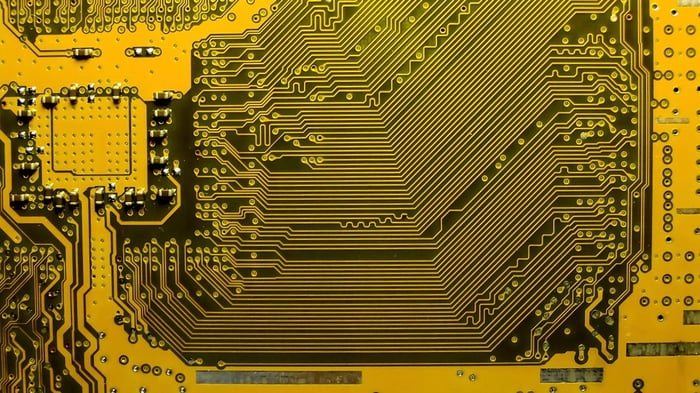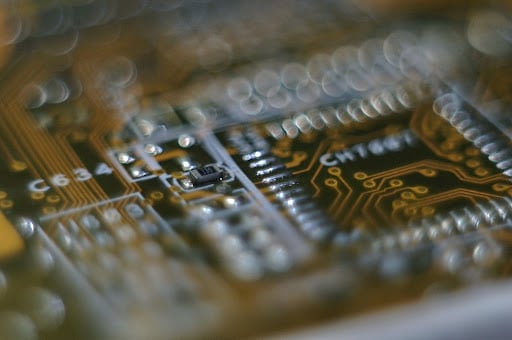Supply chains across most industries felt the substantial impact of COVID-19 at every level of production. In 2020, countless factories went into hibernation or reduced their capacity and suppliers struggled to keep up with demand as worker health concerns grew into the top priority.
While the infection rate has — for the time being — begun to recede as of February 2021, this year has nonetheless continued the trend. Motherboard shortages are now placing heavy pressure on manufacturers, but so are similar shortages of GPUs, CPUs, and graphics cards. The pandemic is not the only influencing factor, either. The trade tension between the U.S. and China has also created pressure as a result of tariffs that challenge the existing supply chain structure.
High Demand for Computers, Components, and Semiconductors
Meanwhile, demand on the consumer side is only increasing and may not ease until 2022. Buyer fervor for home and school electronics has stressed a semiconductor industry that has underinvested in the older, but more cost-efficient 200mm wafer form factor, which has continued its popularity even as more advanced wafers have come forward. The motherboard shortage has meant that inventory hasn’t kept up and retail orders are months behind schedule in some areas.
Which Motherboards are affected?
A shortage of lower-end chipsets in particular is taking hold in the electronics supply chain.
Recent news has indicated that Intel’s budget offerings (the B460 and H410 motherboards) will be in especially limited supply for a good portion of this year — and are already seeing price hikes. In fact, virtually all Intel chipsets using the older 22nm process node, like B560 and H510, are also threatened, whereas supply for newer 14nm chipsets is likely to be tolerable (Z490, Z590). Other motherboard makers, such as Gigabyte, ASUS, MSI, ASRock, and Biostar are already planning measures to address this shortage — including the aforementioned price hikes as well as alternative shipping strategies.
There are multiple upstream motherboard components contributing to the struggle. AMD processors, graphics cards, PCBs, and other electronic components needed for manufacturing motherboards are all either out of stock, experiencing limited supply movement, or facing significant price increases during the motherboard shortage.
Benefits of a Global Supply Chain
According to Supply Chain Dive, the electronics supply chain has been hit hard “due to a reluctance to move away from tried and true methodologies to more agile and resilient modes of planning.” Sourcing issues have been the key cause of product delays according to 91% of respondents to a Supplyframe survey. The survey data suggests that bringing in sourcing managers can help firms to respond in a more strategic way (and on shorter notice) to crises like the U.S.-China trade war or the pandemic.
Other high-resilience modes of operation will also be critical to recovering from the motherboard shortage, such as leveraging a more global supply chain. Firms that have access to a flexible sourcing from a diversified, global network of vetted suppliers throughout the U.S., Europe, and Asia be able to accommodate for localized disruptions in supply. However, this does not mean that every electronics supply chain firm is required to build its own deep, worldwide network of suppliers. It’s also possible to work with a diversified, hybrid distributor that uses multiple authorized lines in addition to carefully vetted independent lines to source a wide variety of factory-direct components from around the world.
Evolve and Recover
While development of any resilience strategy now is likely to assist electronics supply chain companies in future shortages, a combination of multiple resilience efforts—supplier diversification, a global distributor network, more dedicated sourcing management, and more—will provide the best results.
Technology and the economy will persevere through this motherboard shortage, but they’ll never stop evolving. Neither should your supply chain.



















